The story of Indigo
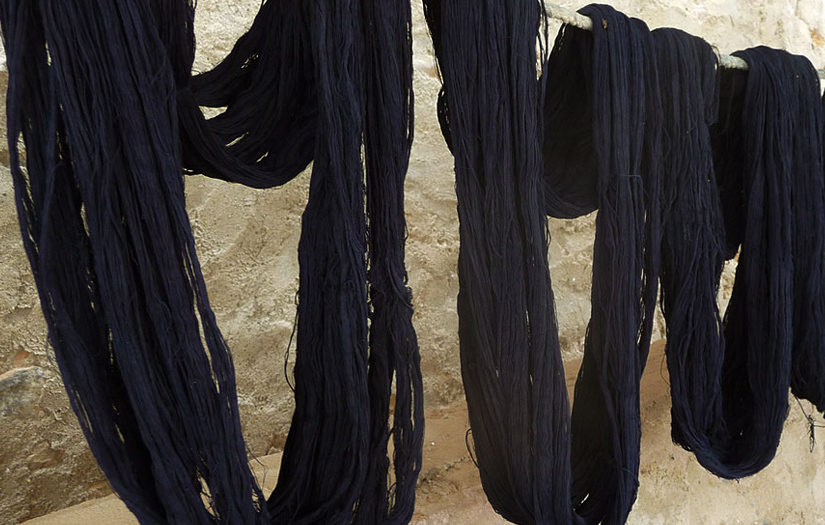
In the February of 1615, British naval forces under the command of Nicholas Downton strategically fought against the Portuguese fleet to gain foothold on the western coast of India. Hiding in the shallow waters of Surat, little did they know that within a month of their victory would the first ever British vessel filled with Blue treasure set sail from this port. It created ripples in the European mainland and changed the way the world saw Blue there after.

Out of the three primary colors, Red and Yellow being easily extractable from flora and fauna are found all around the globe. Blue, the third primary color could only be generated from indigo. Hence, blue was known to be the rarest and the most regal color. Since Indus valley civilization India has been the forerunner in dyeing and printing techniques. This knowledge of extracting blue color from green leaves of indigo was closely guarded within the family and passed on to the next generation. Due to this reason, other parts of the world were still devoid of this knowledge. In 1705 German officials even passed an order to mine indigo, thinking of it as a mineral.
When British landed on Indian mainland, the most sought after commodity was Indigo. It was produced in Nothern Gangetic plains, in Sindh, in Sarkhej, in the Deccan region and along the east coast. The finest quality of Indigo was produced in Biana, around 50 miles north-east of Agra.
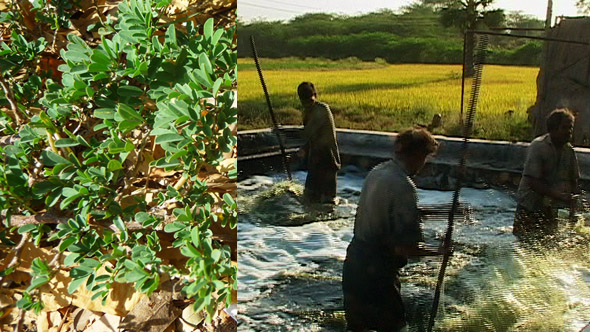
The process of extracting blue color from green leaves of indigo plant is magical and unique. It involves various steps, to be carried out with great timing. The indigo pigment gets detached from glucose as the leaves are soaked in water and fermented. The leaves are taken out, leaving indigo white in the water, which when exposed to air gives out blue color. This blue color of indigo remains hidden until the leaf of indigo plant is fermented. After the water is whisked properly, the blue color settles down forming watery clay. This sludge is then heated or sundried to be made into cakes.
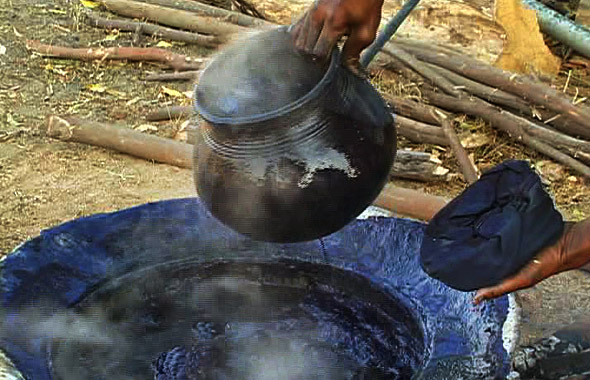
A harvest of 200kg leaves produces 1 kg indigo. During 1908, around 30,000 acres of land was engaged in the cultivation of indigo. The Kolkata port once shipped 4000 tons of indigo per year. This blue substance was used to color everything from Army uniforms to Queen’s bed linen. Indigo is the oldest natural dye known to mankind, it can be used to dye any kind of fiber and it is a vital constituent to attain greens, purples and blacks; a universal and versatile dye. Currently only one family in India is engaged in indigo farming. The knowledge and traditions guarded since thousands of years can vanish at the blink of an eye.
It can’t be doubted that blue is indeed the legacy of indigo, despite world’s fascination with mass produced synthetically dyed fabrics, his affair with the color blue remains.
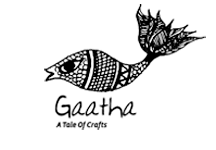
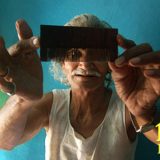
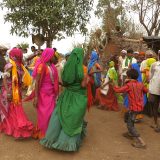
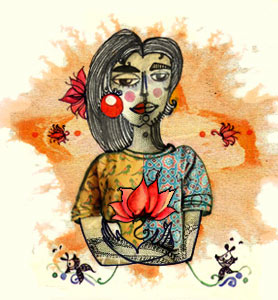



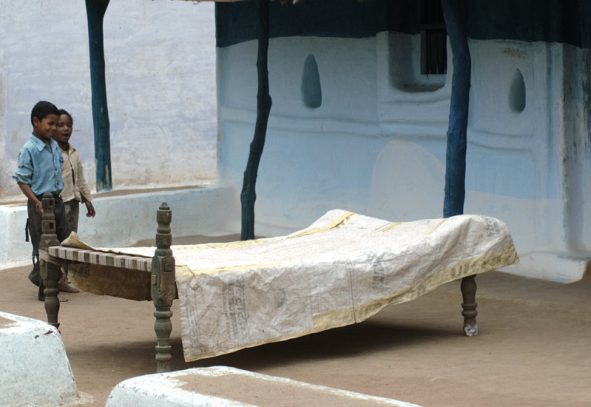
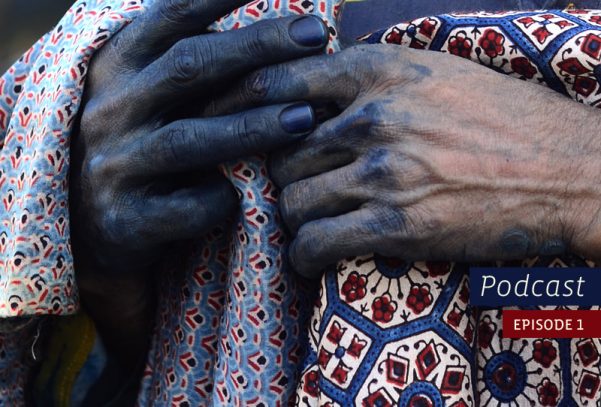
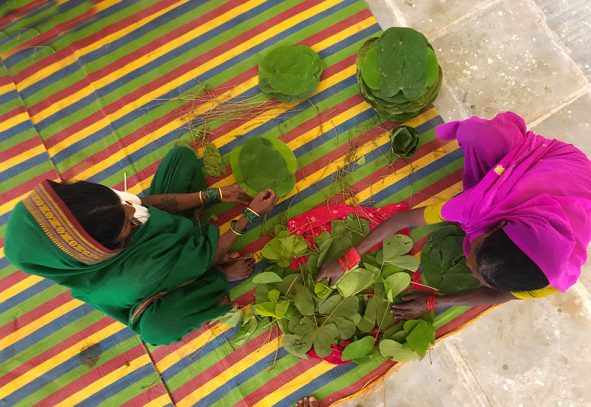
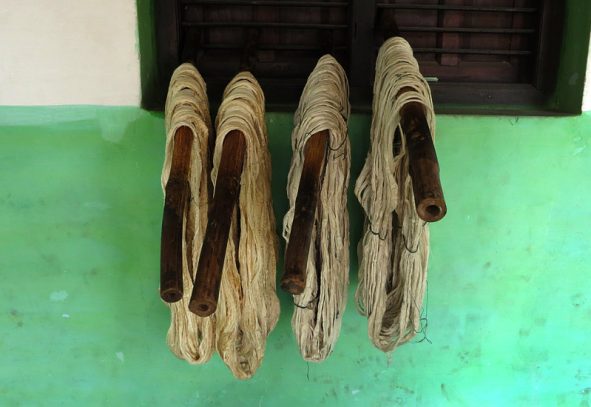
Rajul
Nice n knowledgable information
Sharan
Amazing Article Thanks
Meenakshi Nihalani
Lovely article with intricate technical details.
However how is it only one family is in continuation for indigo production and where.
Thanks.
M
Tejas
The answer is not satisfied me